Maud Marchal
TIMC
Electrotactile feedback for hand interactions:A systematic review, meta-analysis,and future directions
May 11, 2021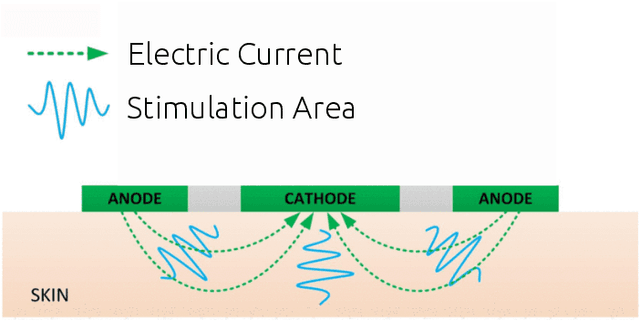
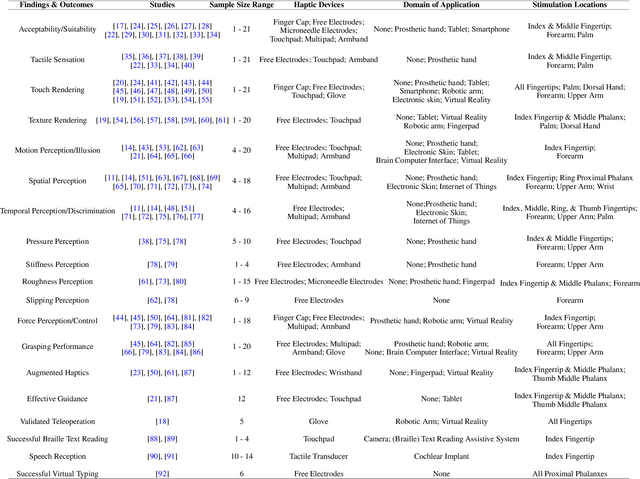
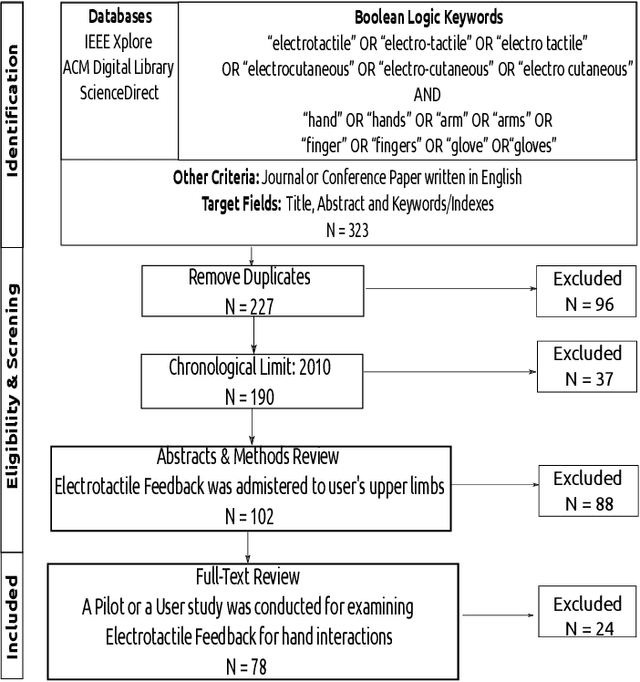
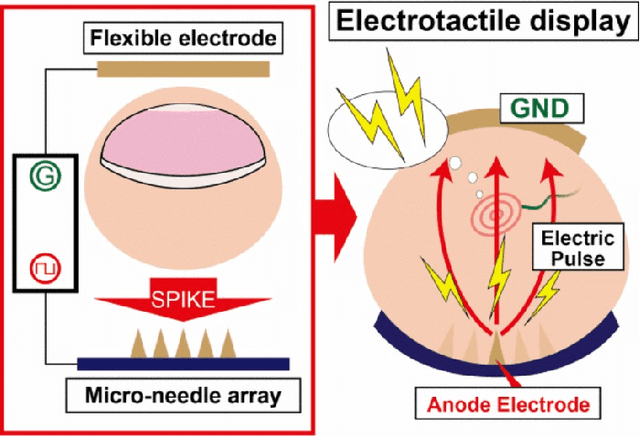
Abstract:Haptic feedback is critical in a broad range of human-machine/computer-interaction applications. However, the high cost and low portability/wearability of haptic devices remains an unresolved issue, severely limiting the adoption of this otherwise promising technology. Electrotactile interfaces have the advantage of being more portable and wearable due to its reduced actuators' size, as well as benefiting from lower power consumption and manufacturing cost. The usages of electrotactile feedback have been explored in human-computer interaction and human-machine-interaction for facilitating hand-based interactions in applications such as prosthetics, virtual reality, robotic teleoperation, surface haptics, portable devices, and rehabilitation. This paper presents a systematic review and meta-analysis of electrotactile feedback systems for hand-based interactions in the last decade. We categorize the different electrotactile systems according to their type of stimulation and implementation/application. We also present and discuss a quantitative congregation of the findings, so as to offer a high-level overview into the state-of-art and suggest future directions. Electrotactile feedback was successful in rendering and/or augmenting most tactile sensations, eliciting perceptual processes, and improving performance in many scenarios, especially in those where the wearability/portability of the system is important. However, knowledge gaps, technical drawbacks, and methodological limitations were detected, which should be addressed in future studies.
Electrotactile Feedback in Virtual Reality For Precise and Accurate Contact Rendering
Jan 30, 2021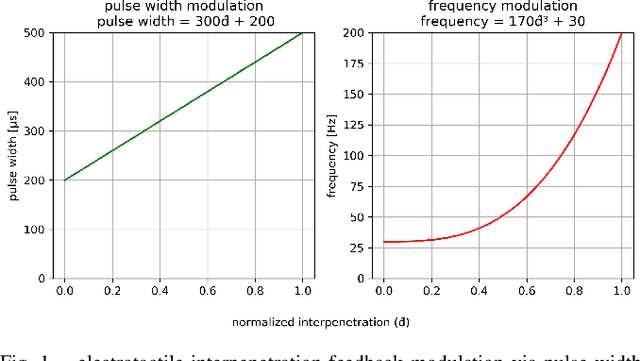
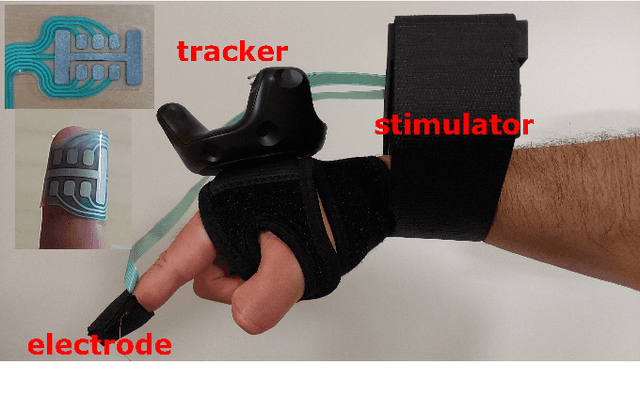
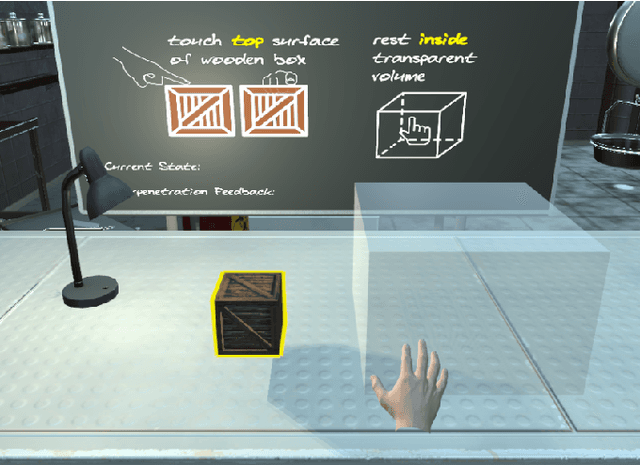
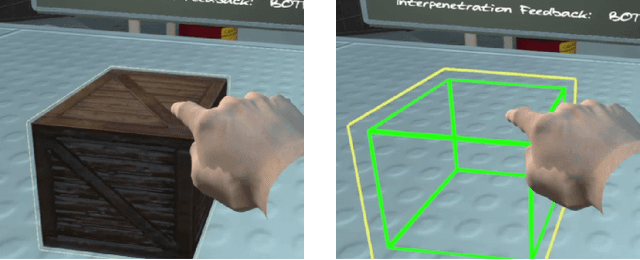
Abstract:This paper presents a wearable electrotactile feedback system to enable precise and accurate contact rendering with virtual objects for mid-air interactions. In particular, we propose the use of electrotactile feedback to render the interpenetration distance between the user's finger and the virtual content is touched. Our approach consists of modulating the perceived intensity (frequency and pulse width modulation) of the electrotactile stimuli according to the registered interpenetration distance. In a user study (N=21), we assessed the performance of four different interpenetration feedback approaches: electrotactile-only, visual-only, electrotactile and visual, and no interpenetration feedback. First, the results showed that contact precision and accuracy were significantly improved when using interpenetration feedback. Second, and more interestingly, there were no significant differences between visual and electrotactile feedback when the calibration was optimized and the user was familiarized with electrotactile feedback. Taken together, these results suggest that electrotactile feedback could be an efficient replacement of visual feedback for accurate and precise contact rendering in virtual reality avoiding the need of active visual focus and the rendering of additional visual artefacts.
Leveraging Multiple Environments for Learning and Decision Making: a Dismantling Use Case
Sep 18, 2020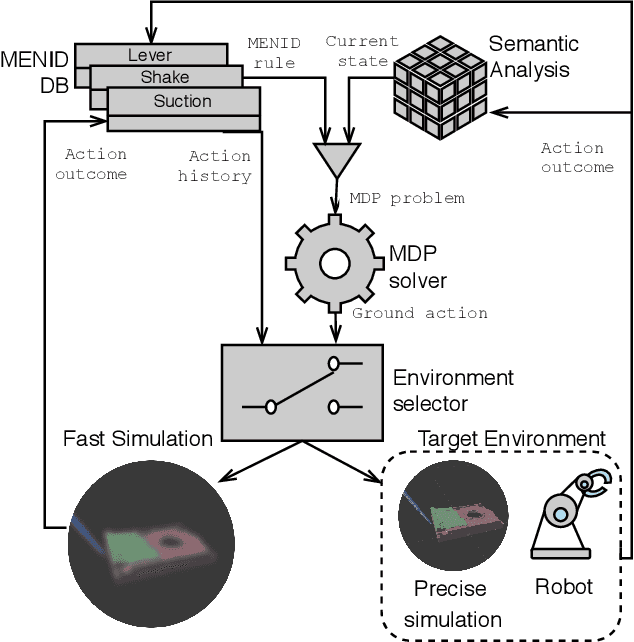
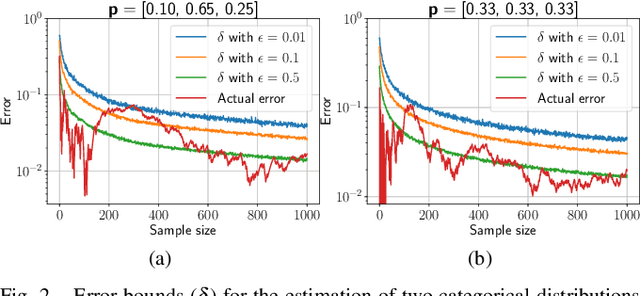
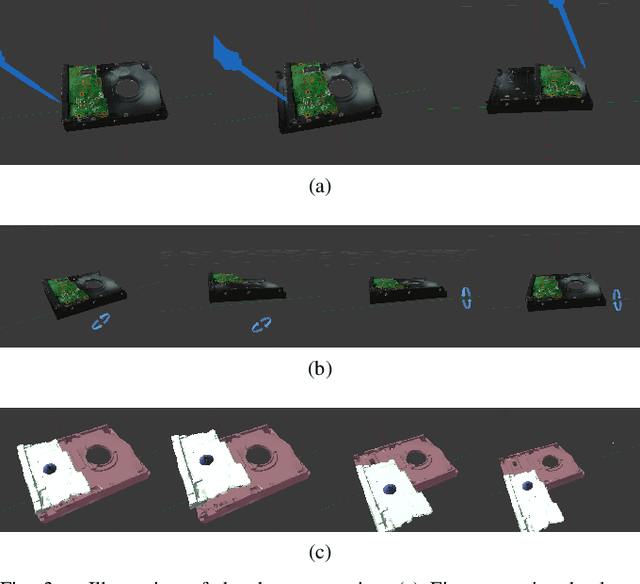
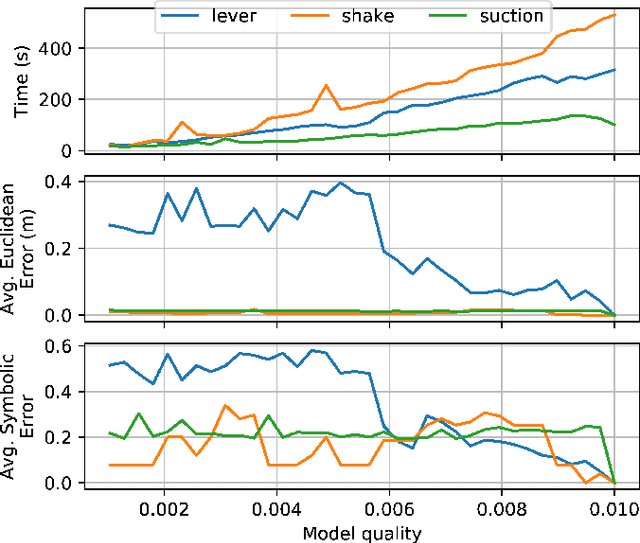
Abstract:Learning is usually performed by observing real robot executions. Physics-based simulators are a good alternative for providing highly valuable information while avoiding costly and potentially destructive robot executions. We present a novel approach for learning the probabilities of symbolic robot action outcomes. This is done leveraging different environments, such as physics-based simulators, in execution time. To this end, we propose MENID (Multiple Environment Noise Indeterministic Deictic) rules, a novel representation able to cope with the inherent uncertainties present in robotic tasks. MENID rules explicitly represent each possible outcomes of an action, keep memory of the source of the experience, and maintain the probability of success of each outcome. We also introduce an algorithm to distribute actions among environments, based on previous experiences and expected gain. Before using physics-based simulations, we propose a methodology for evaluating different simulation settings and determining the least time-consuming model that could be used while still producing coherent results. We demonstrate the validity of the approach in a dismantling use case, using a simulation with reduced quality as simulated system, and a simulation with full resolution where we add noise to the trajectories and some physical parameters as a representation of the real system.
TER: A Robot for Remote Ultrasonic Examination: Experimental Evaluations
Jan 28, 2008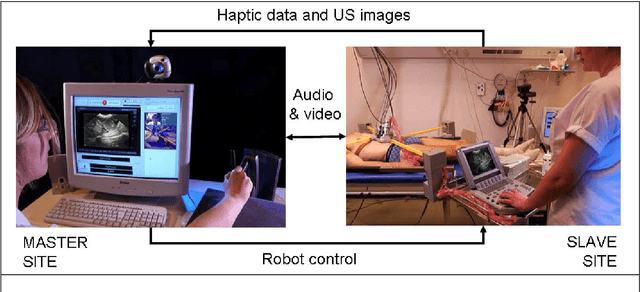

Abstract:This chapter: o Motivates the clinical use of robotic tele-echography o Introduces the TER system o Describes technical and clinical evaluations performed with TER
Medical image computing and computer-aided medical interventions applied to soft tissues. Work in progress in urology
Dec 13, 2007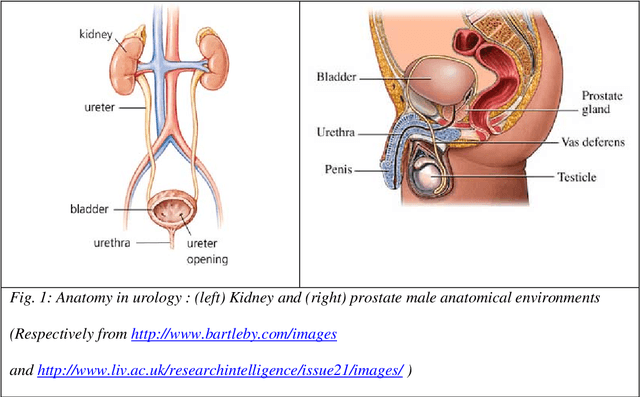
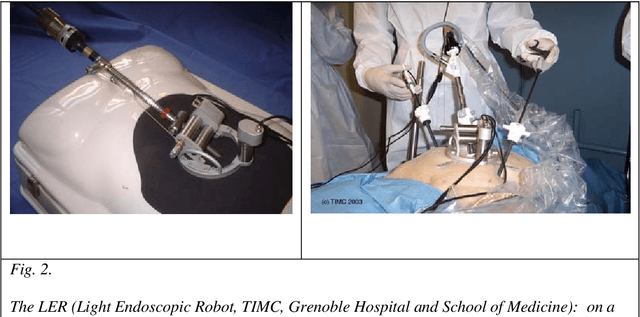
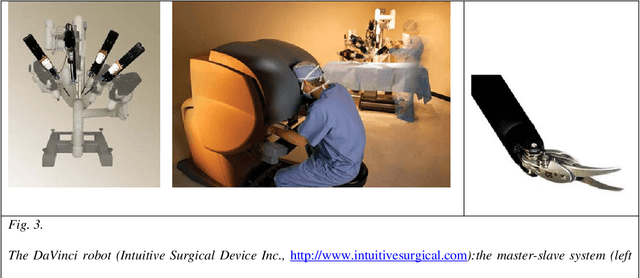

Abstract:Until recently, Computer-Aided Medical Interventions (CAMI) and Medical Robotics have focused on rigid and non deformable anatomical structures. Nowadays, special attention is paid to soft tissues, raising complex issues due to their mobility and deformation. Mini-invasive digestive surgery was probably one of the first fields where soft tissues were handled through the development of simulators, tracking of anatomical structures and specific assistance robots. However, other clinical domains, for instance urology, are concerned. Indeed, laparoscopic surgery, new tumour destruction techniques (e.g. HIFU, radiofrequency, or cryoablation), increasingly early detection of cancer, and use of interventional and diagnostic imaging modalities, recently opened new challenges to the urologist and scientists involved in CAMI. This resulted in the last five years in a very significant increase of research and developments of computer-aided urology systems. In this paper, we propose a description of the main problems related to computer-aided diagnostic and therapy of soft tissues and give a survey of the different types of assistance offered to the urologist: robotization, image fusion, surgical navigation. Both research projects and operational industrial systems are discussed.
 Add to Chrome
Add to Chrome Add to Firefox
Add to Firefox Add to Edge
Add to Edge